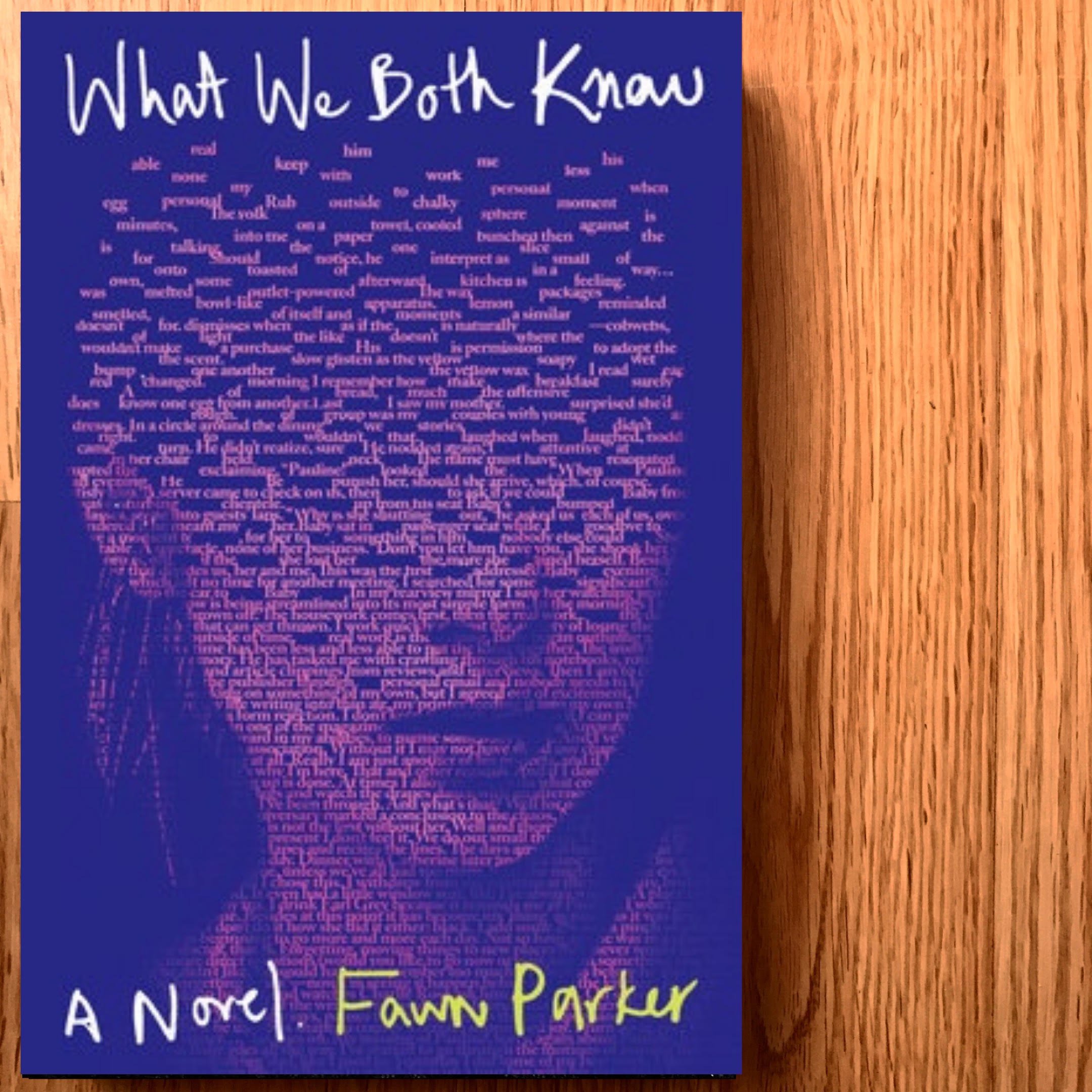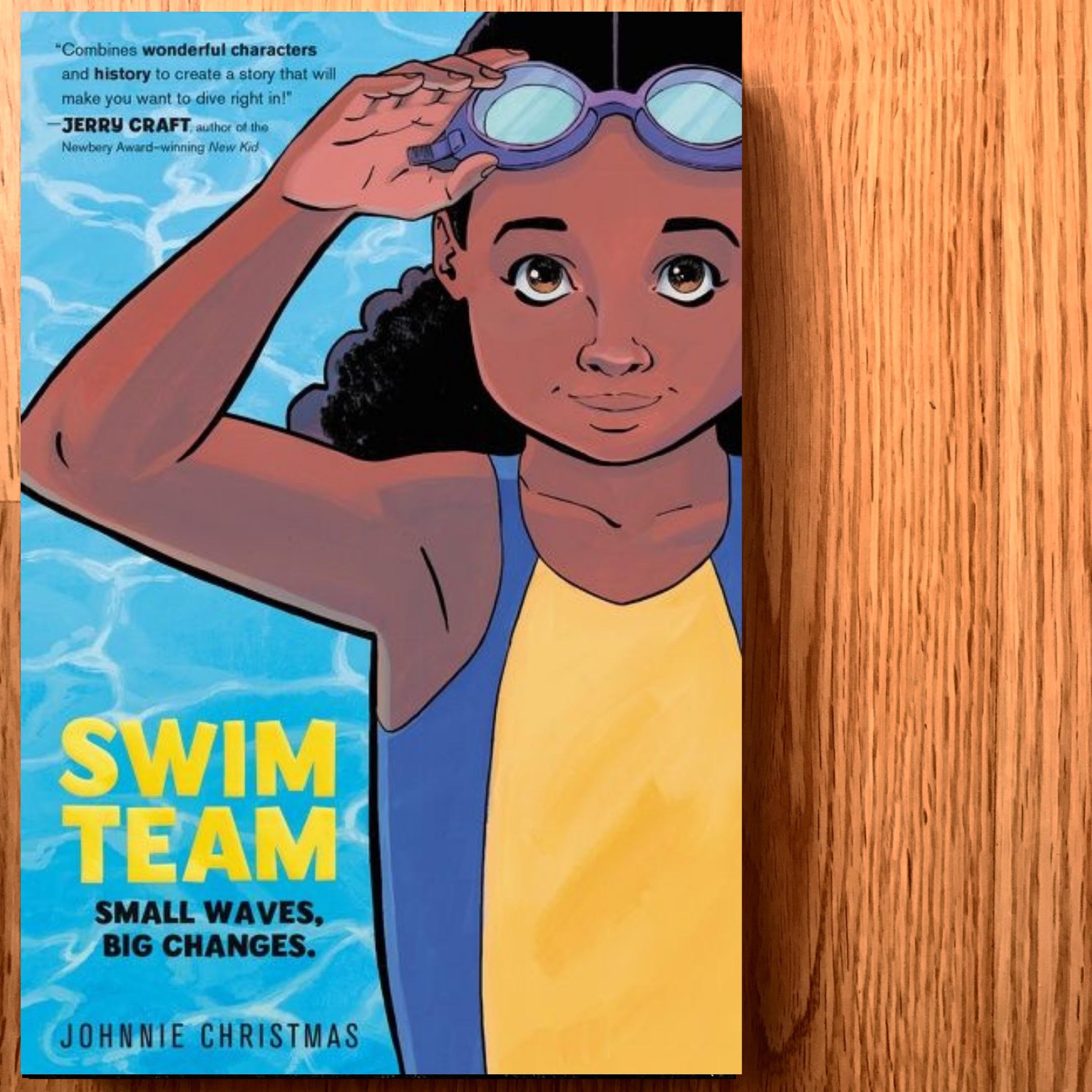By Larissa Page
It’s been ten years since a virus known as Henny Penny ravaged the world, causing many deaths and a “temporary” government called the regency to implement strict mask and glove laws. A series of BLT laws (“Behaviour Likely To” spread the virus) has caused Lily King, writer and former reporter, to live alone in fear in her apartment, only leaving to get the necessary food and provisions for the past decade. When she is mandated back to work and required to attend TTCs (therapeutic touch clinics) to help ease her back into the world, she discovers that living alone has lead her to experience something called Skin Hunger—her bodies way of reacting to not having been touched by another human in so long. As the clinics stop being enough for her, her boss asks her to investigate and report on the illegal underground businesses benefitting from humans’ need to touch and be touched with something called The Petting Zoos. Lily is sent on a life-changing self journey as she begins to experience the world around her, including human touch, again.
Pandemic based books have always been a popular genre of books, dystopian, post-apocalyptic, etc. I have personally found, since living through this pandemic we’re in right now, that I’ve needed to be careful reading these books as they have often given me added anxiety about the possibilities of our world that once seemed to only be in fiction. The Petting Zoos had aspects of that, and I had to remind myself it was fiction, but only at the beginning did I find myself in that space, as the world and story were set up for me. Once Lily returned to work and began to live her life outside her apartment, I felt my own fear of the unknown, fear of the pandemic, also lift.
I found this novel incredibly interesting and also incredibly relatable. Many of us are right now in a position of fearing to remove our masks in spaces that we, for the past two years, were told to fear. Lily lives with those same anxieties. I also found the need for human touch, and this novel’s highlighting of that, to be fascinating. It is something so true and so often taken advantage of by those who have it regularly, but just as mothers are told to hold their newborn babies skin to skin, adults too need that contact to live and function.
The levels of the petting zoos Lily works through and the relationship she develops become increasingly sexual, and while they were initially outside of Lily’s comfort zone, they may also be outside of the reader’s as well. I was so interested to find that much of Lily’s character growth, as a person coming out of a long depression, growing into a sexual being again, and becoming an individual for possibly the first time in her life, was so much about the symbolism of that growth versus so much about the sexual experiences she was having.
The Petting Zoos was a compelling, thought-provoking novel with excellent character development and a unique but incredibly relatable setting. K.S. Covert knocked this debut novel out of the park, and it is one that will stick with me for a bit.





















